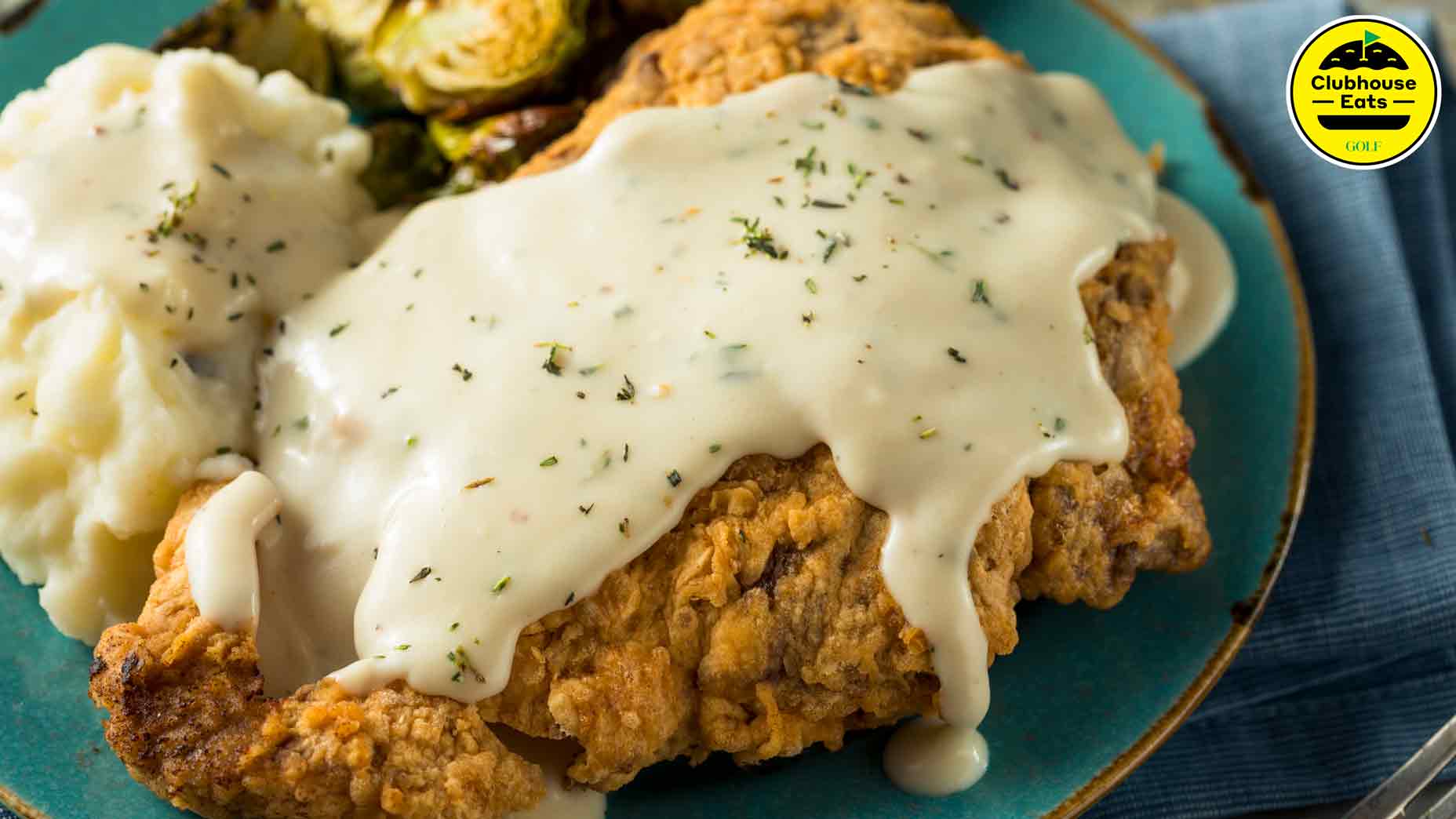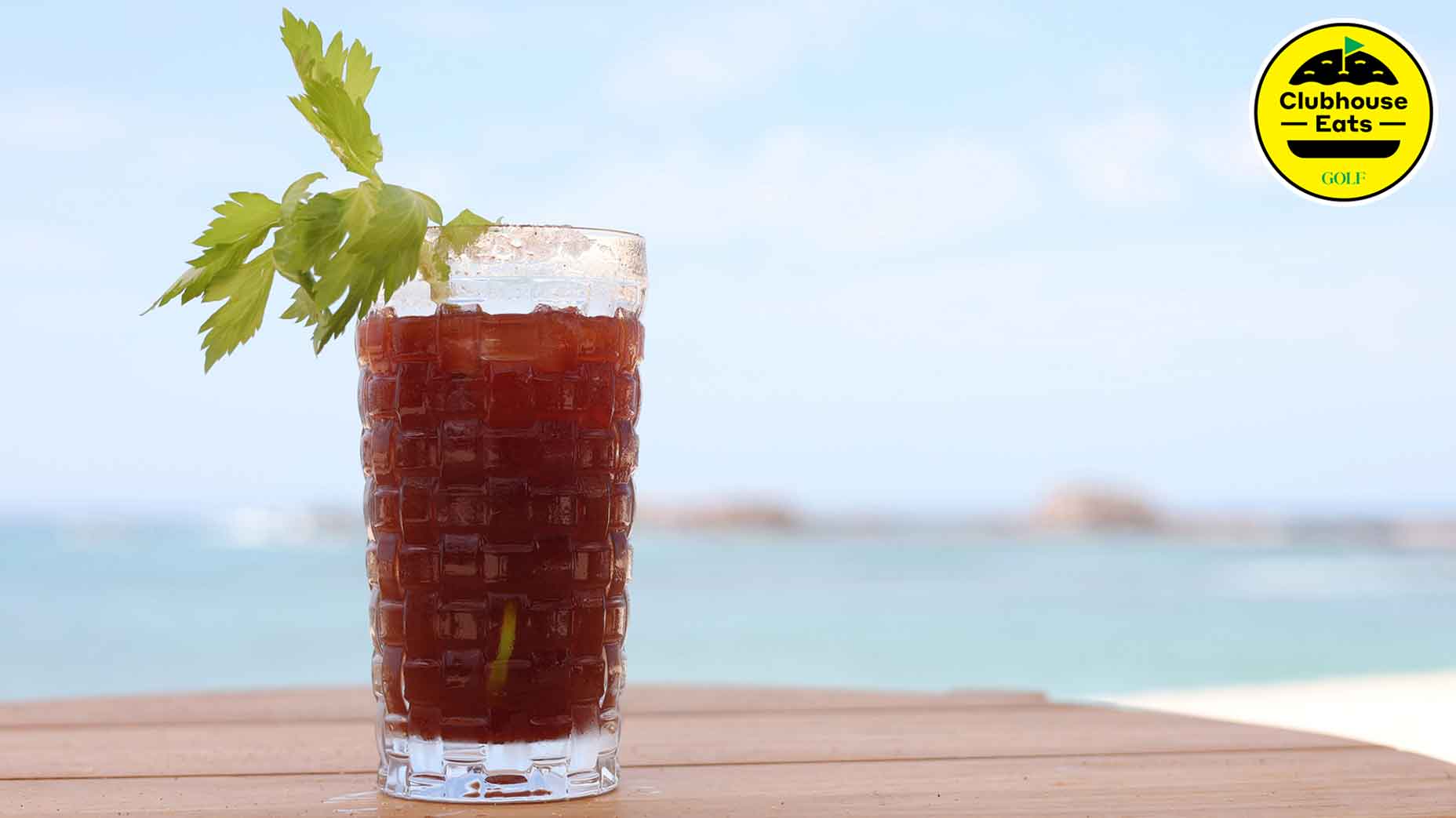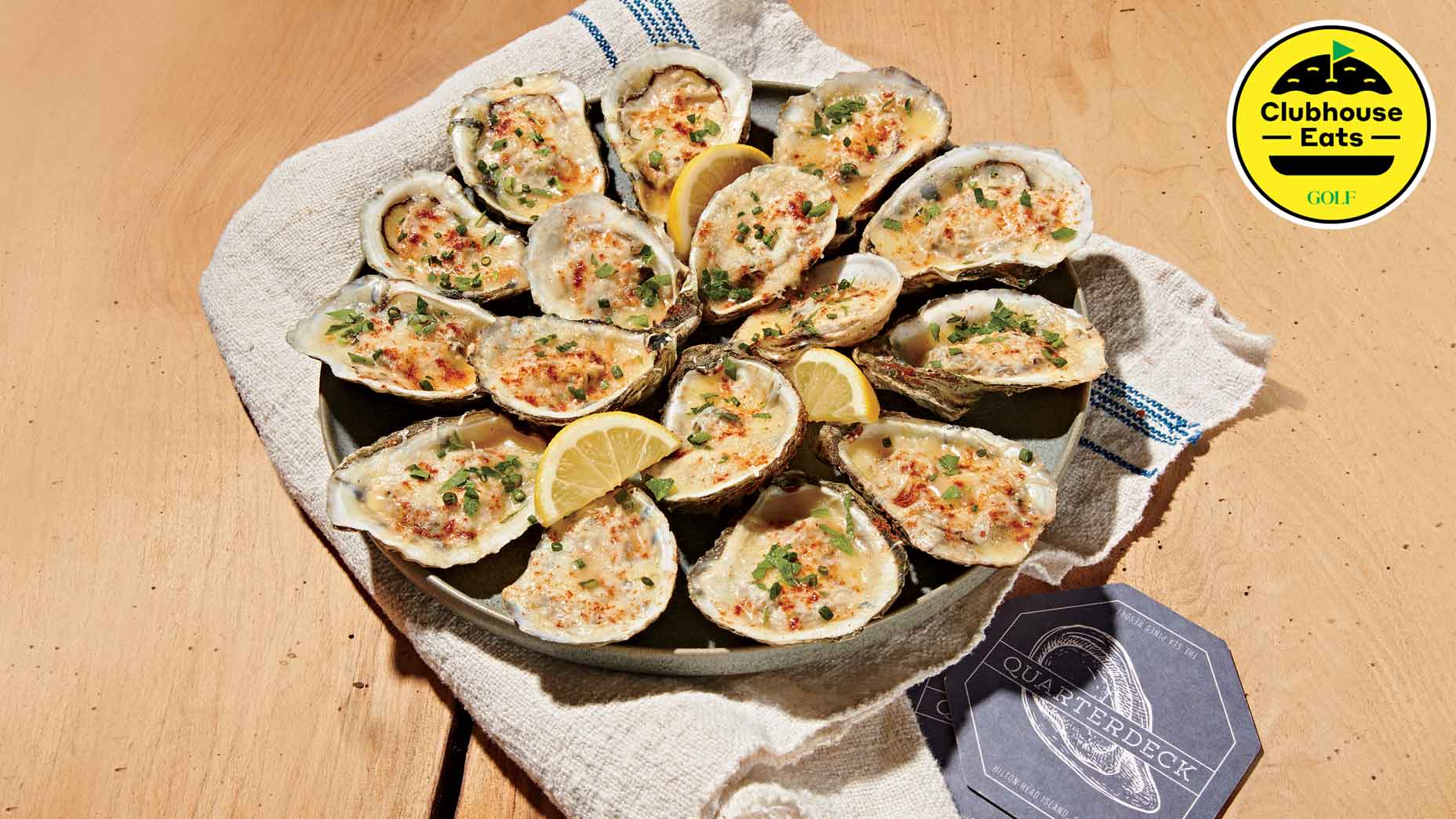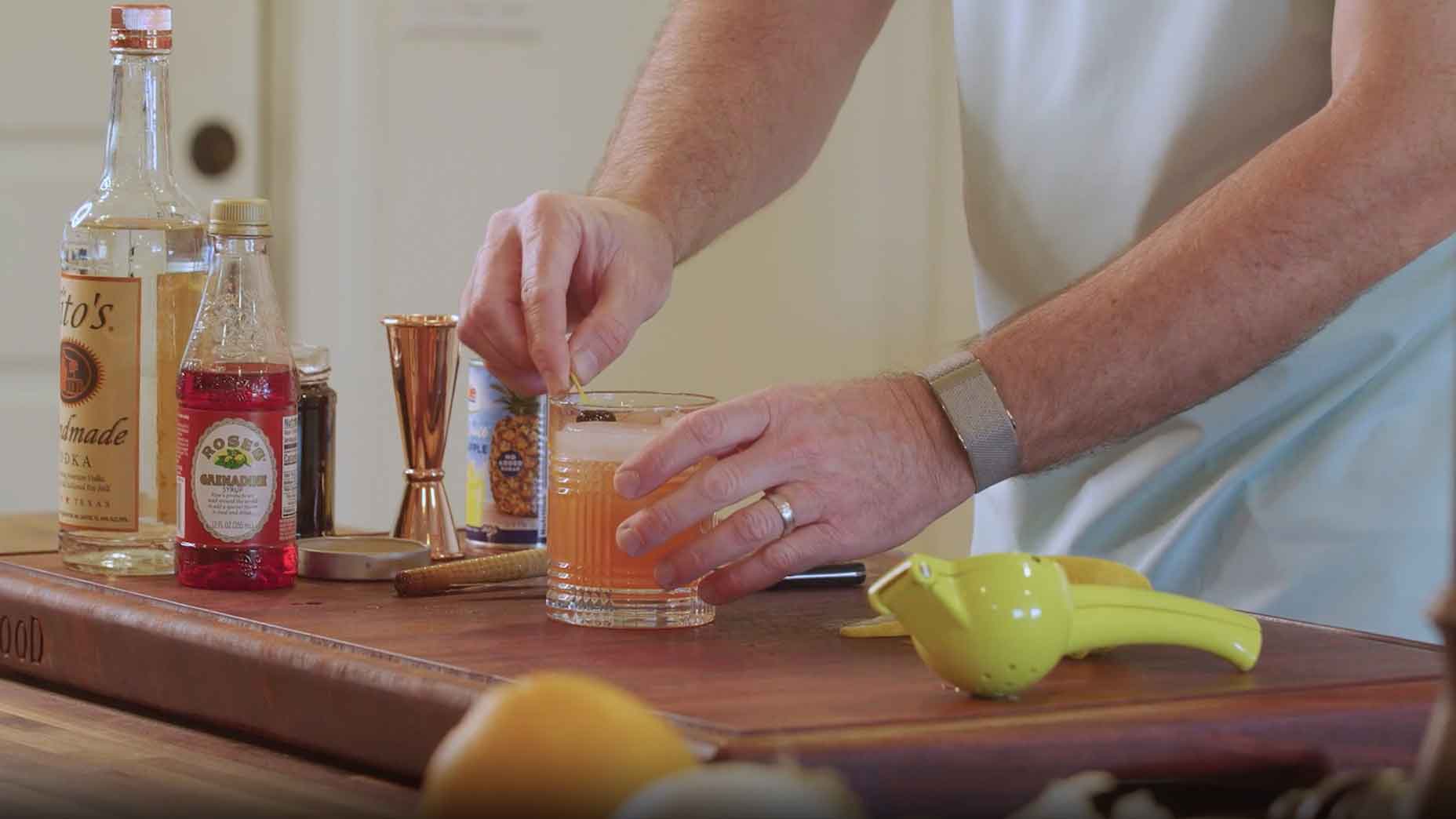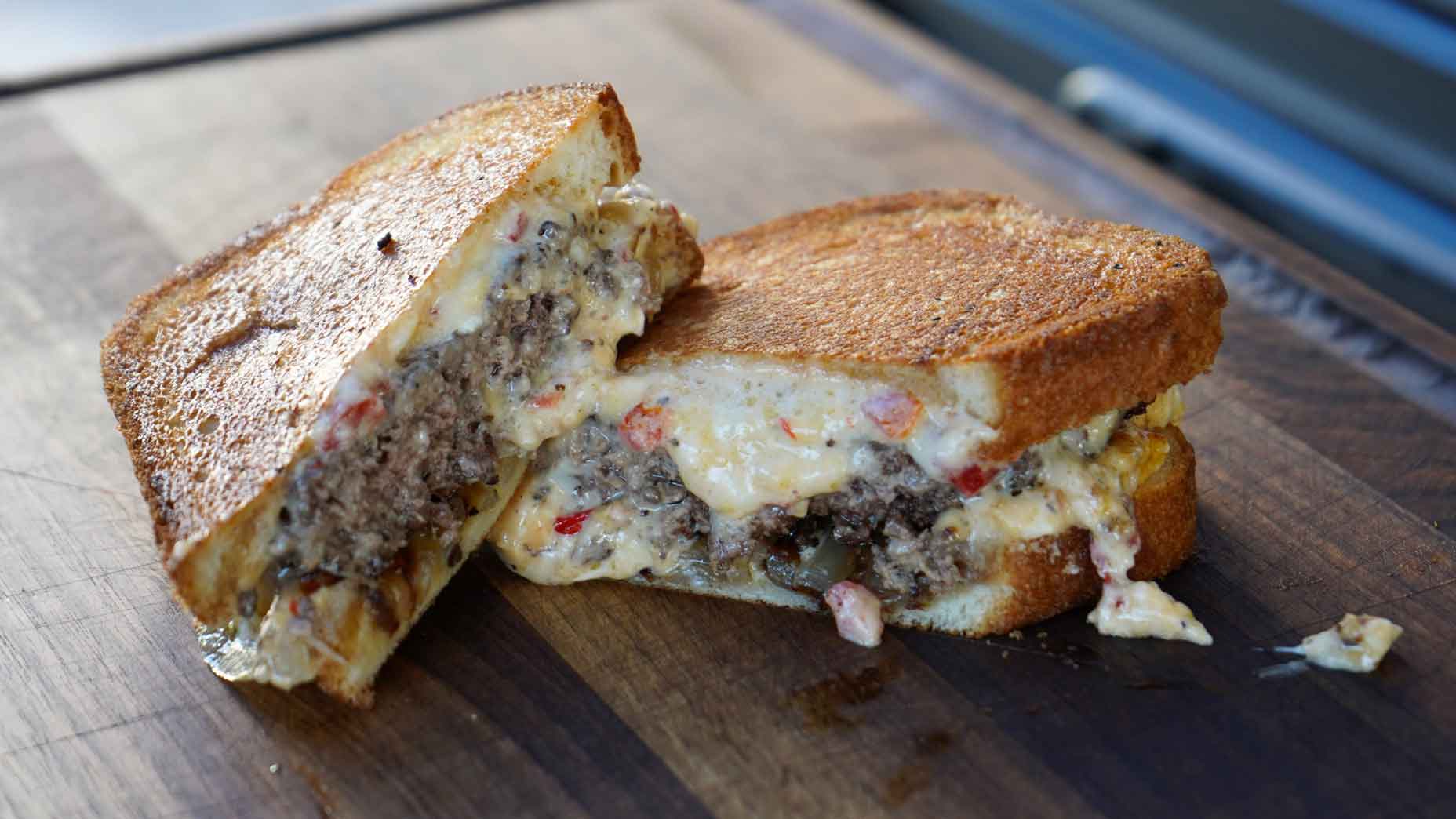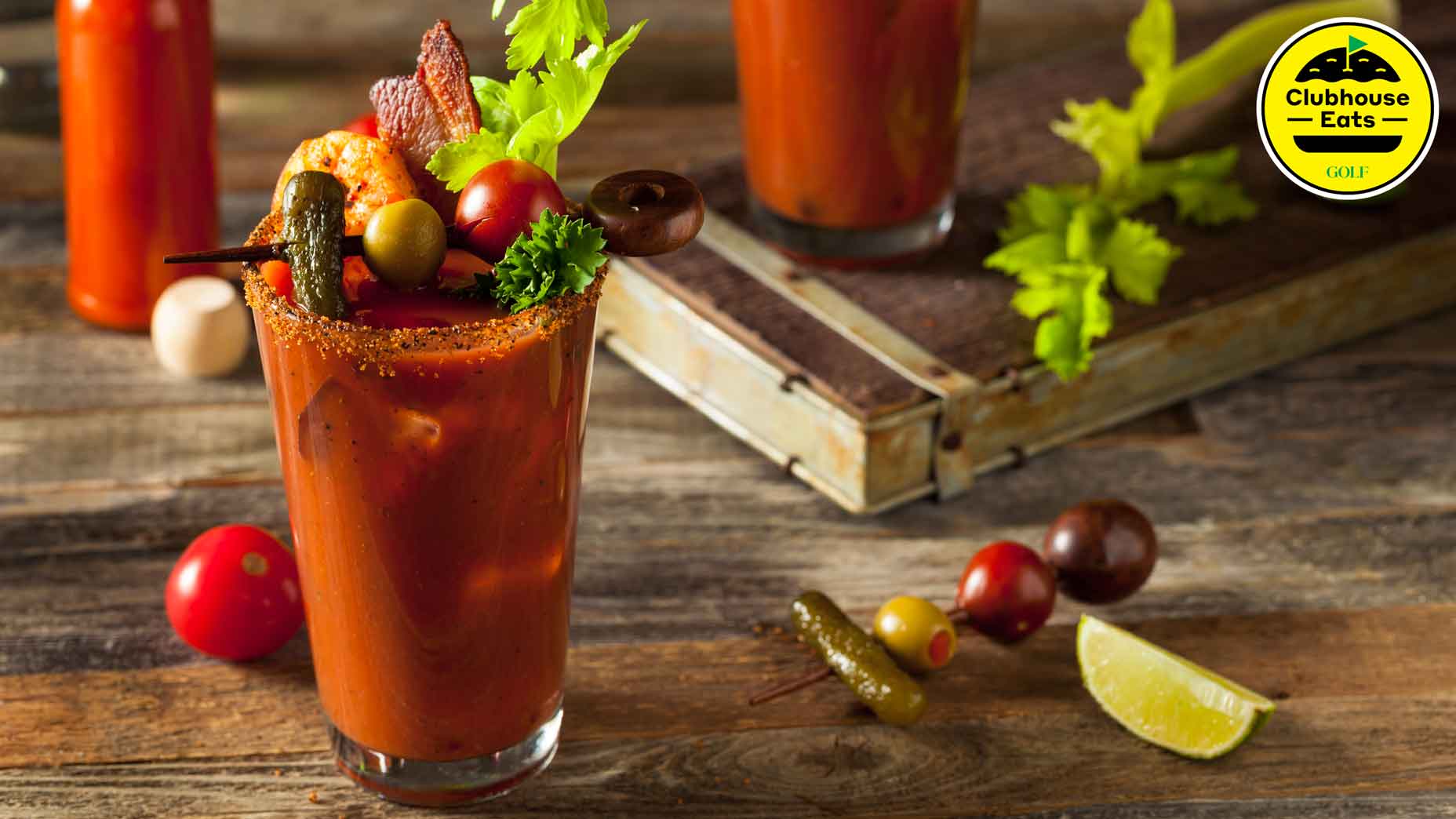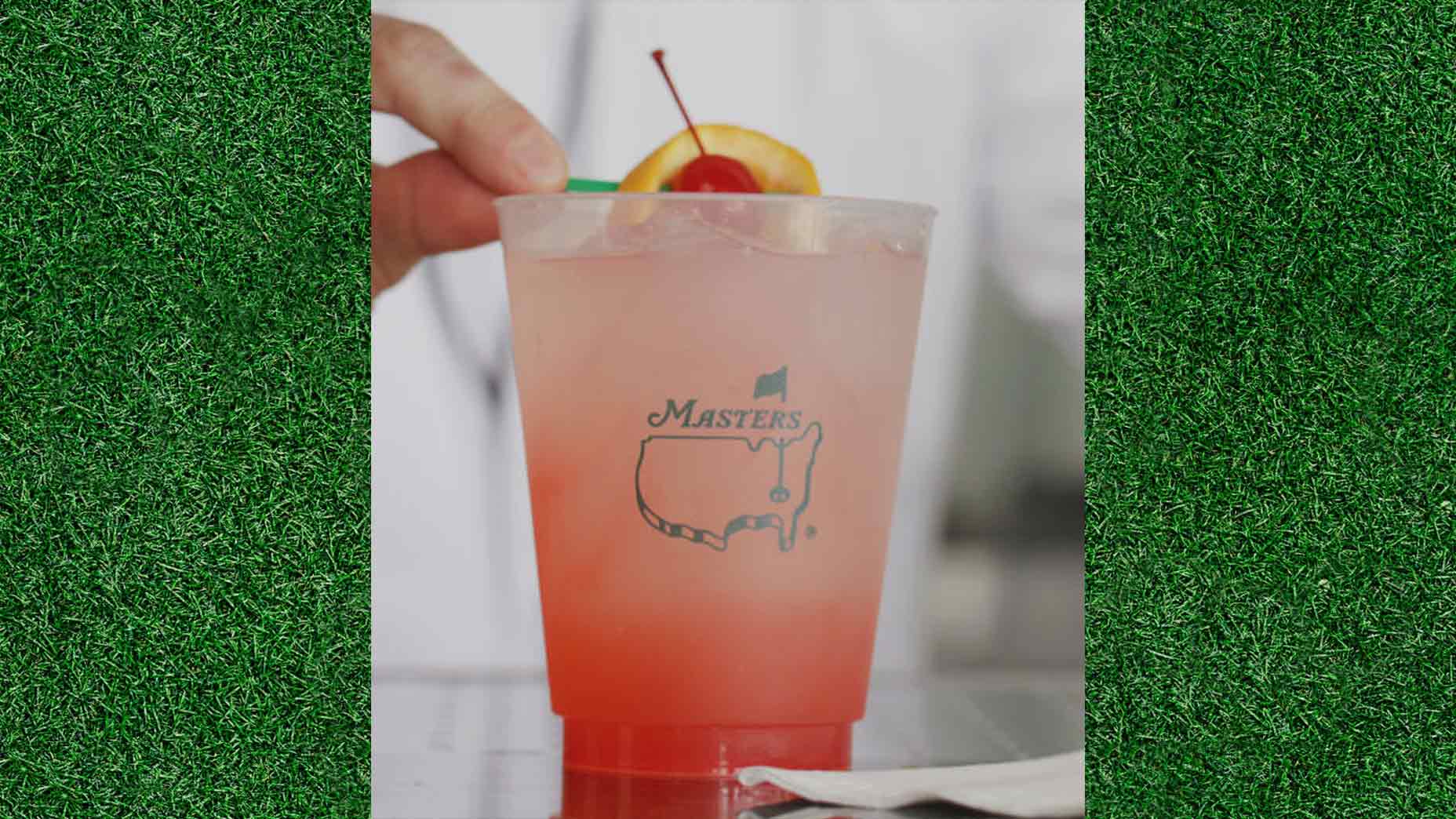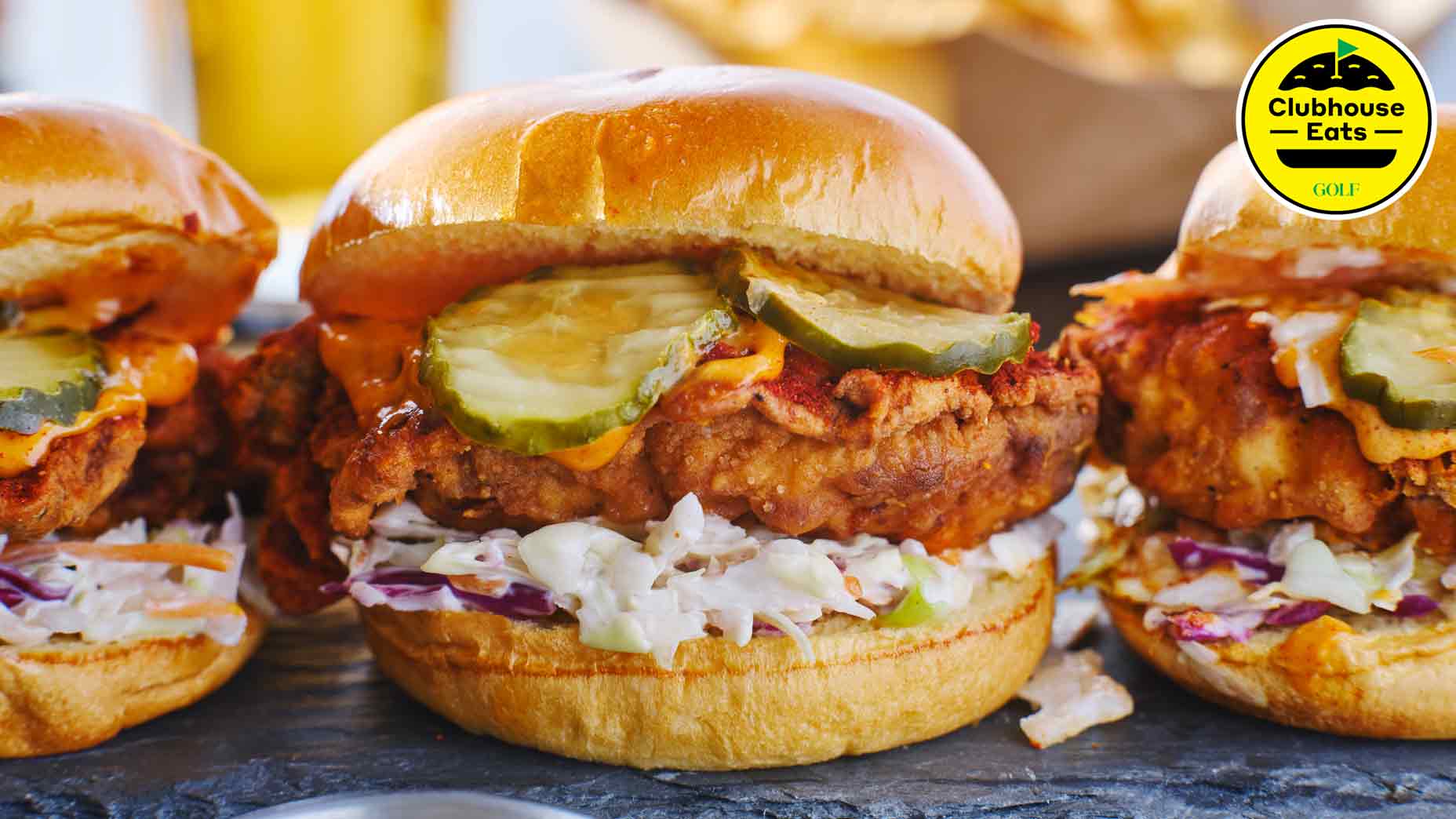The secret to grilling perfect ribeye, New York strip and porterhouse steaks

You, too, can make steakhouse-grade steaks at home.
Getty Images
For those who love red meat, there may be no experience more satisfying than pulling a beautifully seared steak from the grill, cutting into it, and discovering that it’s cooked to a perfect temperature. In many people’s minds, that’s summer done right.
But getting there requires some skill — or at the very least, some guidance — which is why we sought instruction from Top Chef-winner Jeremy Ford, who serves as the executive chef at The Butcher’s Club, the flagship high-end steakhouse at PGA National Resort. Whether you’re working with classic charcoal or you’ve got a gas-powered grill at your disposal, Chef Ford is confident that decadent steaks are in your future.
Before anything else, though — regardless of the style of grill that you’re using — begin by buying a digital meat thermometer. In other words, check your grillmaster ego at the steps leading to your deck or patio. “It just takes all the guesswork out of what I’m doing,” Ford says, acknowledging that he uses one at home all the time. “I don’t have to stand there just staring at my steak for 15 minutes because I’m paranoid about how it’s going to come out.”
The Reverse Sear
When you’ve got the time — and the right equipment, such as a Big Green Egg or Komada Joe style grill — you’ll never go wrong with the reverse searing technique. “This is super easy for the home cook to do and it delivers a huge ‘wow’ factor,” says Ford. “The results are just insane. It always blows people away of how easy it is to do.”
Just remember that it does require a fair amount of time. “It takes about an hour,” he acknowledges, “so this is something that you do on a Sunday when you’ve got a cold beer in your hand.”
To reverse sear a steak, start by getting your grill set to about 200 degrees. Once it hits that temperature, throw the steak on the grill, close the lid, and let it cook low and slow for about an hour. Then, pull the meat off the grill, and turn up the heat. “Crank that puppy up to 500 or 600 degrees,” the chef instructs. “I mean roarin’ hot—until you’ve got this nuclear hot situation going on.”
From there you’ll grill the steaks for no more than two minutes per side to create a great crust. The end result, says Ford, is a beef-meets-smoked-pork match made in heaven. “You get this smoky, almost bacon-esque flavor and sensation because of that hour-long smoke that you put on the outside of the steak,” he says. “And when you cut into this thing, it’s a really nice crust of a beautiful, fire-roasted steak, but the inside has a really nice smoky note.”
Gas Grill Preparation
Barbecue elitists might thumb their noses at propane-powered outdoor cooking devices, but there are plenty of times when those cooktops are far more practical than old-school charcoal or wood-burning grills. In fact, Chef Ford acknowledges that a common gas grill and his Kobada Joe share space outside his home.
When grilling a steak on a propane grill, the most important thing to consider is the thickness of the meat. Chef Ford urges home cooks to stick with steaks that are no thicker than an inch and a half. “If you have a two-and-a-half-inch tomahawk,” he says, “it’s a little bit harder to control and might burn.”
From there, PGA National’s chef likes to get the grill as hot as he can — to about 400 degrees, he says — which means letting the grill heat up with the lid closed. After coating the steak in a light layer of grapeseed oil, lots of salt and freshly cracked pepper, he’ll sear the steak on each side for four to six minutes, depending on its thickness, cooking each side with the lid closed. “What I like about propane grills is they pump the heat in there,” he says. “So with the lid closed you can still get a really nice smoky flavor.”
For medium-rare, Chef Ford recommends taking the steak off the grill when it reaches 115 degrees, since the meat will continue to cook as it rests, typically rising 10 degrees. “One-hundred and twenty-five degrees is nice medium rare, which is my sweet spot,” he says.
Don’t be afraid to let the meat rest, just make sure you don’t turn off the grill. An inch-thick steak will need at least four or five minutes of resting time, according to Ford. “Maybe 10 minutes,” he says, “if you have the time.” For a bigger steak, like a porterhouse, he’ll let the meat rest for nine to 12 minutes.
Once it’s rested, you can throw the meat back on the grill for a couple of minutes just to get it hot. Then it’s ready to be sliced and served.
Finishing Strong
Chef Ford likes to keep handy a generous portion of flaky sea salt, like Maldon, which he’ll sprinkle on top of the steak after it has rested. “That’s where all the flavor comes out,” he says. “It’s enhancing all that fat and delicious caramelization on the outside of the steak.”
He also recommends melting some butter in a small sauté pan, then frying some fresh thyme and fresh rosemary with a little smashed garlic. Once those herbs have cooked and are aromatic, he’ll add a bit of Cajun seasoning, bring the mixture to a boil — just for a second or two — then pull it off the heat and give it a stir. “Once I know that those aromas and the flavors are there, I’ll take a brush and I’ll just lacquer the s*** out of that meat,” he says. “People just go bonkers over that.”

